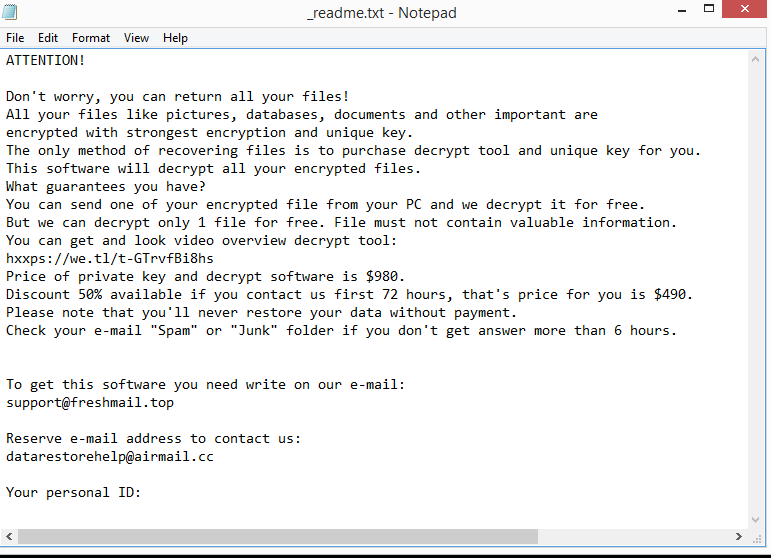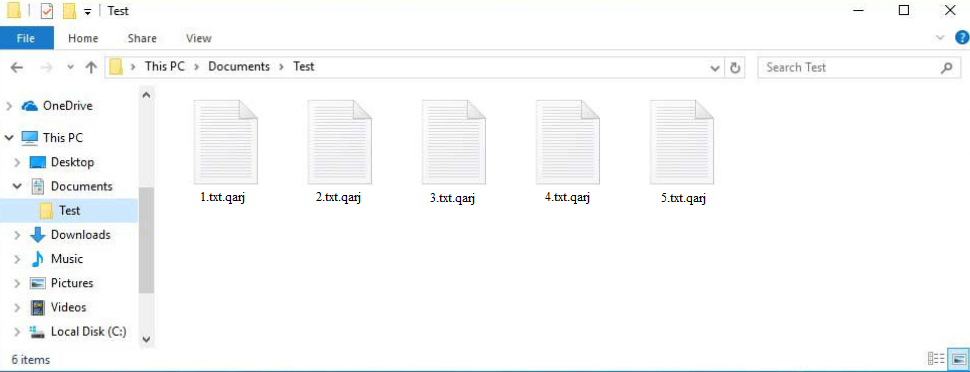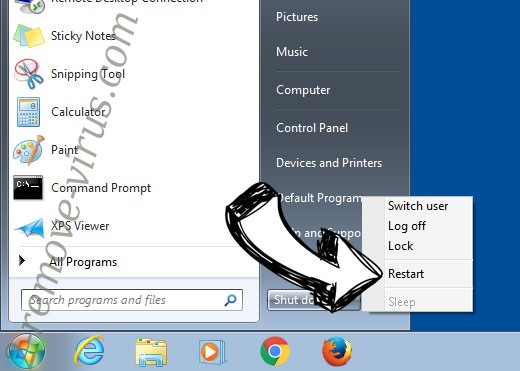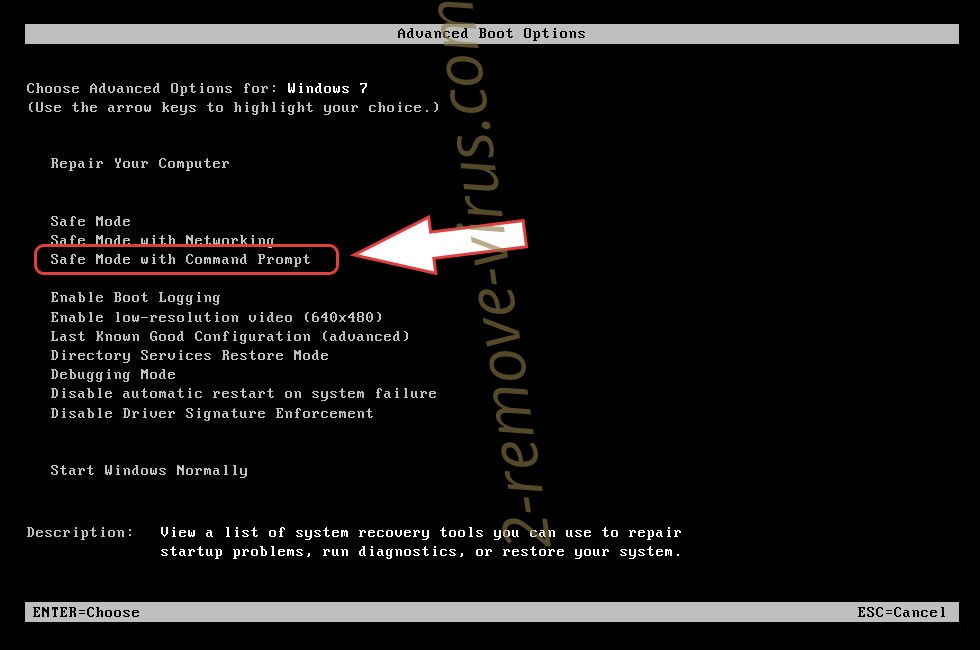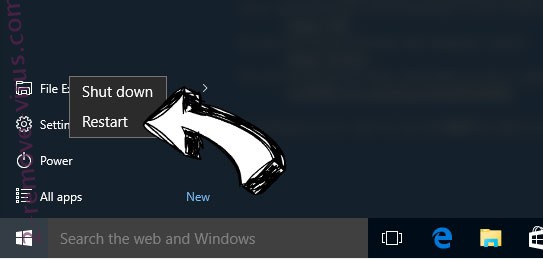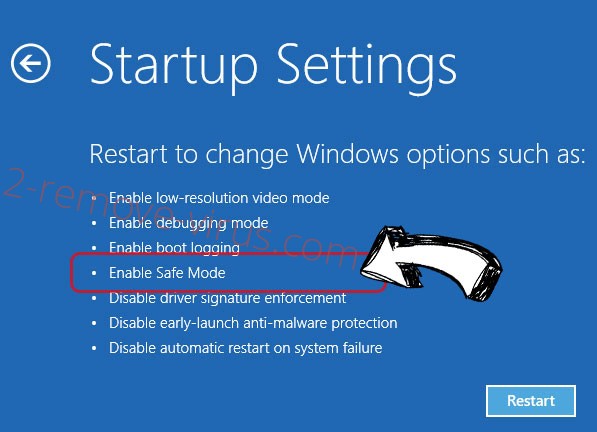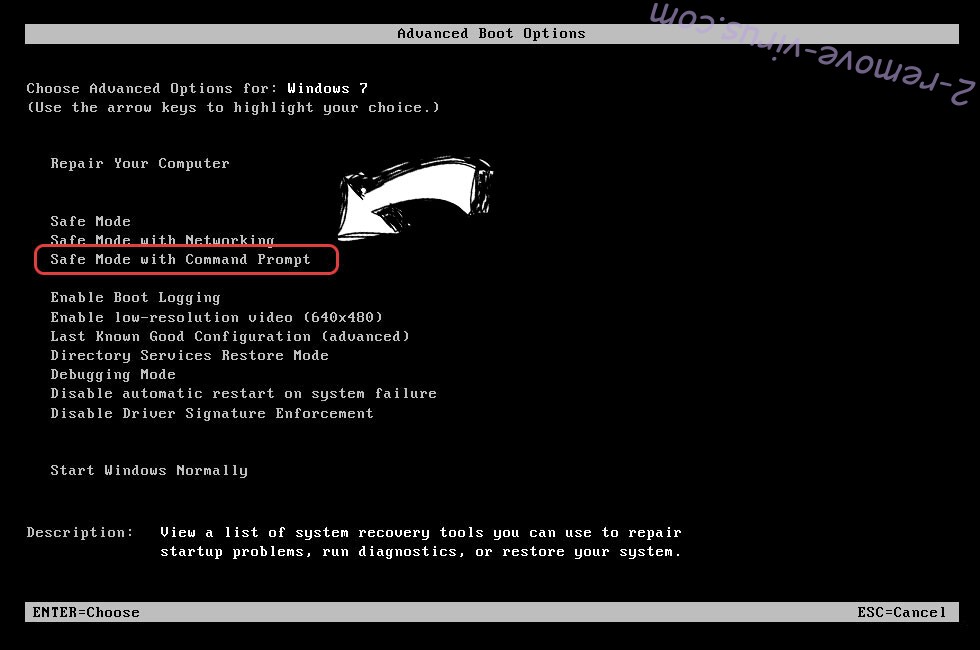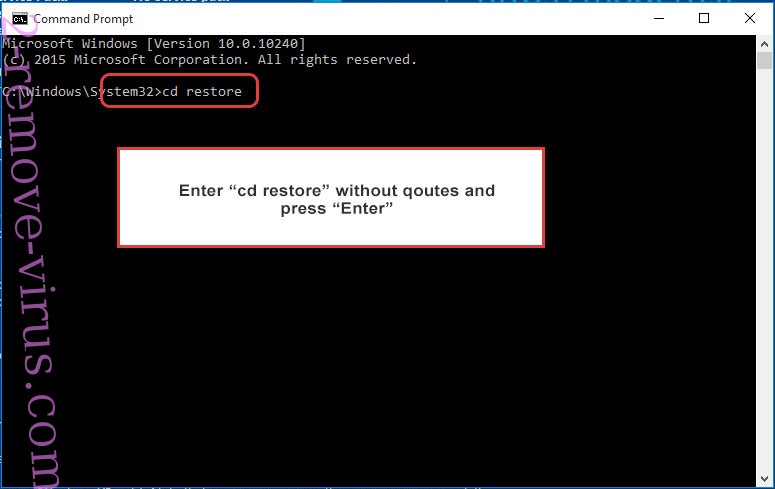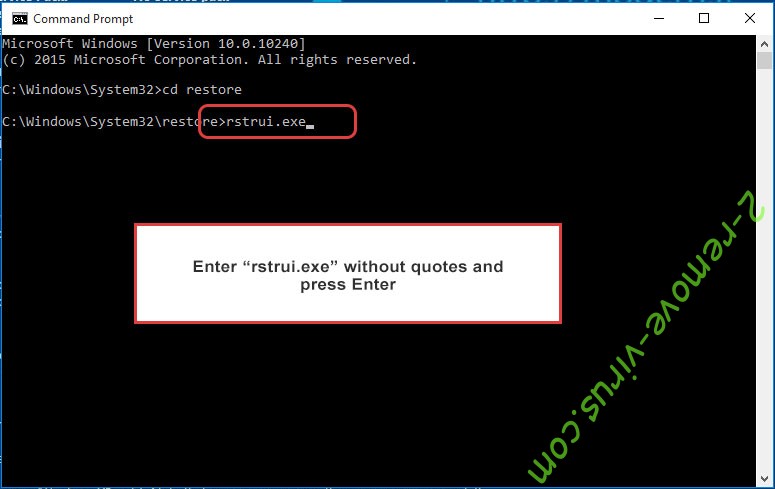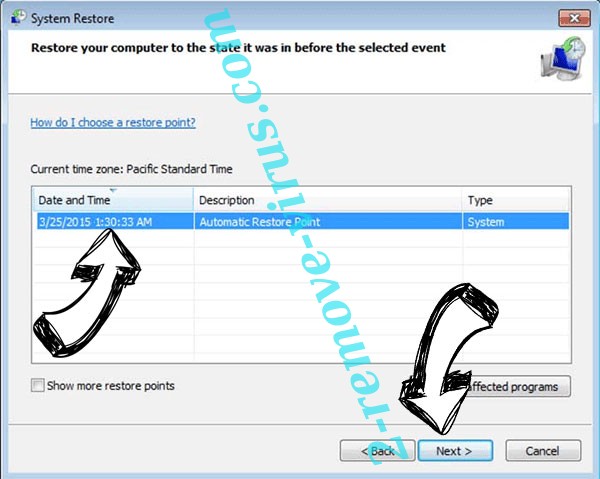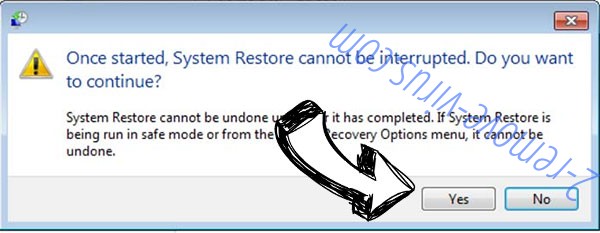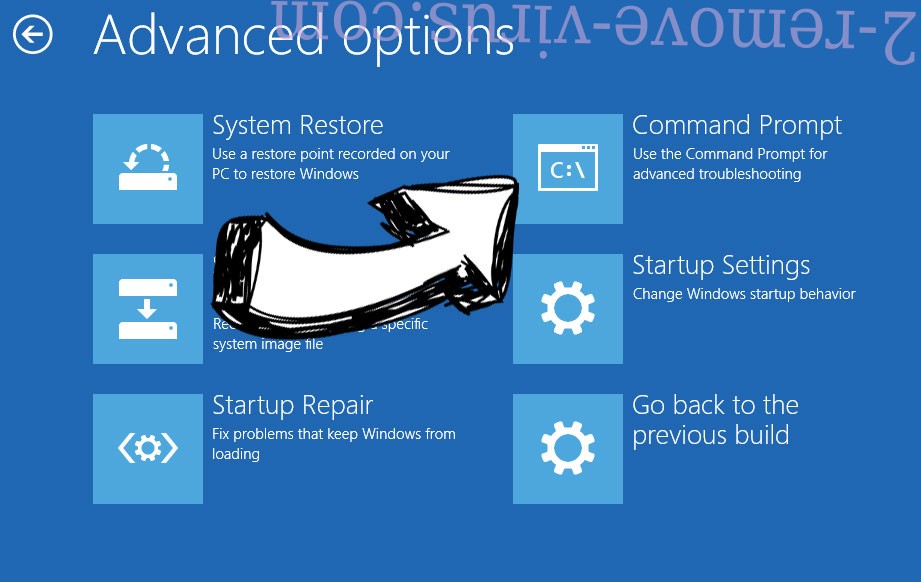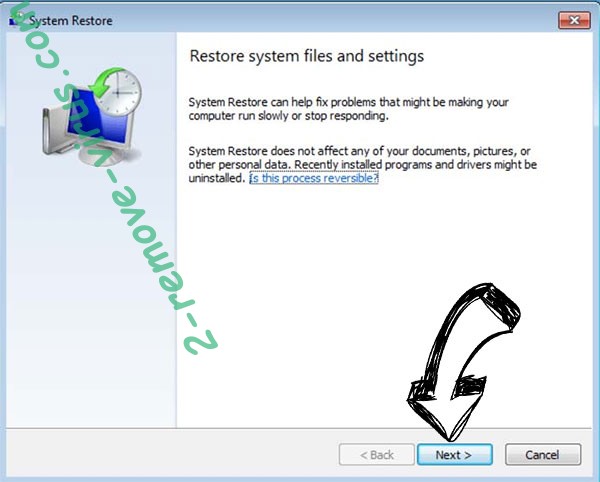Qarj ransomware is the most recent version of the Djvu/STOP ransomware. This family of malware has been around for a couple of years now and developers continue to release new versions every couple of days. This version can be identified by the .qarj extension added to encrypted files. Once files are encrypted, you will not be able to open them unless you first decrypt them using a specific program.
File recovery shouldn’t be a problem for you if you have a backup. To begin the file recovery process, all you have to do first is delete Qarj ransomware from your computer. For users without a backup, waiting for a free Qarj ransomware decryptor to be released may be the only option. However, when or even if that will happen is not certain.
Qarj ransomware and every other more recent version of the ransomware from this family are virtually identical. The purpose of these infections is the same, to encrypt users’ files and extort money. Qarj ransomware will target your photos, videos, documents, etc., encrypt them, and add .qarj to them. For example, an image.jpg file would become image.jpg.qarj when encrypted. None of these files will be openable unless you first run them via a decryptor. But the only people who own the decryptor are the cyber criminals running this ransomware, therefore obtaining it won’t be easy.
The _readme.txt ransom note that is dropped once files have been encrypted explains how to obtain the decryption program. The note is identical to the notes dropped by other versions of this malware family. The note explains that you need to pay the ransom in order to obtain the Qarj ransomware decryptor. According to the note, it costs $980. But there will supposedly be a 50% discount for victims who get in touch with the cybercriminals within the first 72 hours. Whether that is true or not is uncertain but there are other risks involved with paying the ransom. However, it is up to you to decide. The main danger is that, even if you pay, a decryptor may not be provided. Remember that you are interacting with cybercriminals, and there are no guarantees that they will feel obligated to assist you. Many victims in the past have paid for decryptors but never received them. Additionally, victims’ continued payment of the ransom is another factor contributing to ransomware’s prevalence. As long as this goes on, ransomware will remain a major problem.
You shouldn’t experience any problems with file recovery if you have backup copies of your files. However, before you access your backup, you must be certain that the ransomware has been completely removed. Your backup files would also get encrypted if the malware was still active. You should use anti-malware software to remove Qarj ransomware because manual Qarj ransomware removal could potentially cause more harm. And using an anti-malware program is far easier.
Your only choice might be to wait for a free Qarj ransomware decryptor to become available if you don’t have a backup. Whether or not it will be released, though, is uncertain. For malware specialists, it is frequently quite challenging to create free decryptors. In the case of this ransomware, the keys necessary for file decryption are unique to each user, which means without those keys decryption is not possible. All hope is not lost, though, since it is not completely impossible that the keys may eventually be made available. Thus, back up your encrypted files and occasionally check for a decryptor.
How is ransomware distributed?
Malicious attachments are frequently used by cybercriminals to spread malware because it requires little effort on their part. All they have to do is buy the email addresses of the victims from various hacker sites, then send them emails with malicious attachments. Fortunately, these emails are typically fairly easy to recognize. For one, they frequently have spelling and grammar mistakes. For example, you should be very cautious if a parcel delivery company sends you an email asking you to open an attachment, but the email is full of grammar and spelling mistakes. No respectable business will ever send professional emails with spelling or grammar mistakes.
If an email addresses you in generic terms like “User,” “Member,” “Customer,” etc., it could be another indication that it is malicious. You are probably dealing with a malicious email if a business that ought to know your name uses generic words to address you. Users are most often addressed by name in emails from companies whose services they use.
In general, these emails are safe to ignore as long as you do not interact with them. But if you open the attachment, you would initiate the infection. It’s also worth mentioning that some malicious emails are more sophisticated than others. This is why it’s a good idea to scan every unsolicited email attachment using a service like VirusTotal or anti-malware software.
Torrents are another common way for malware to be distributed. As you are probably well aware, torrent websites frequently lack adequate moderation, making it easy for malicious actors to upload dangerous content and disguise it as torrents for well-known movies, TV series, video games, software, etc. Torrents of much-anticipated content frequently contain malware. So, using torrents to obtain copyrighted content for free is not only theft but is also dangerous for your computer and data.
How to delete Qarj ransomware
We advise against attempting to manually remove Qarj ransomware since you run the risk of doing more harm than good. Moreover, the infection may not be completely removed. Your backed-up files would also become encrypted if you access your backup while the infection is still active. So, to delete Qarj ransomware, we strongly advise using anti-malware software. You can begin your file recovery process as soon as the ransomware has been completely removed from your computer.
Qarj ransomware is detected as:
- Win32:PWSX-gen [Trj] by AVG/Avast
- Gen:Variant.Zusy.452743 (B) by Emsisoft
- A Variant Of Win32/Kryptik.HTAD by ESET
- HEUR:Trojan-PSW.Win32.Rhadamanthus.gen by Kaspersky
- Artemis!6741D5AEF031 by McAfee
- Ransom:Win32/StopCrypt.MK!MTB by Microsoft
- Gen:Variant.Zusy.452743 by BitDefender
- Ransom.Win32.STOP.YXDCLZ by TrendMicro
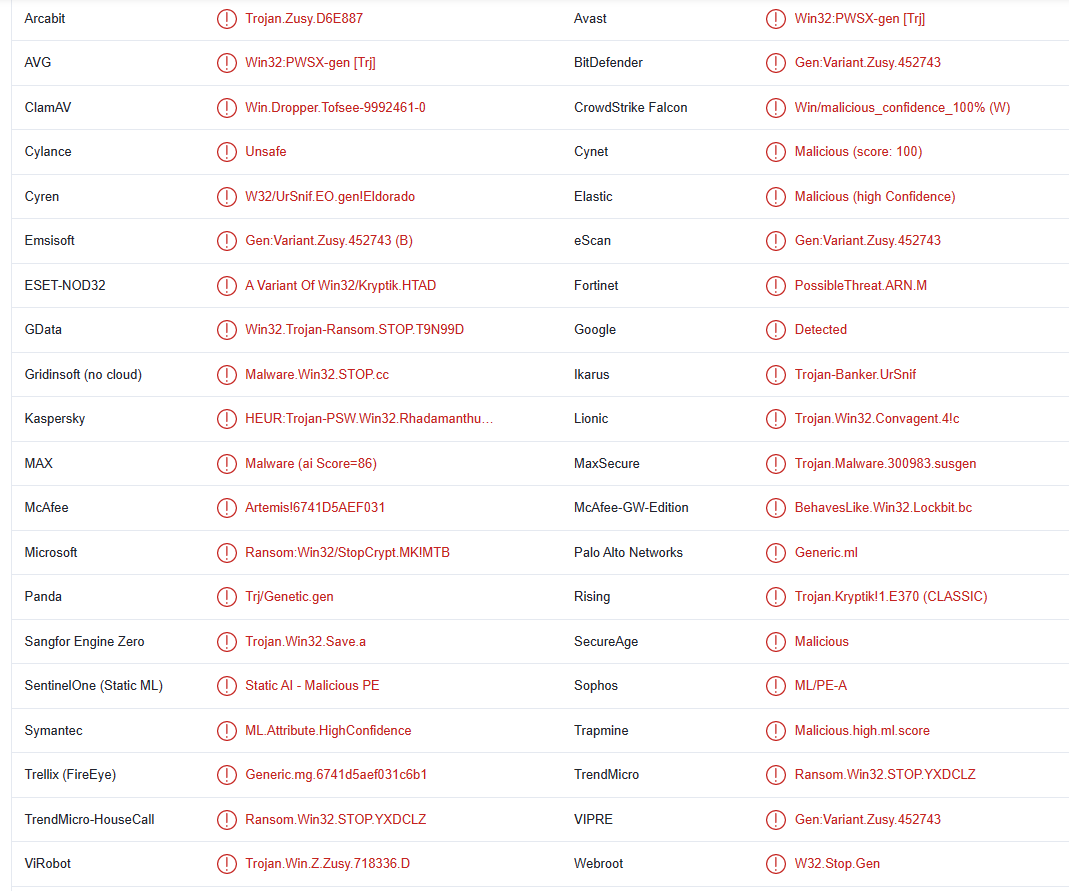
Quick Menu
Step 1. Delete Qarj ransomware using Safe Mode with Networking.
Remove Qarj ransomware from Windows 7/Windows Vista/Windows XP
- Click on Start and select Shutdown.
- Choose Restart and click OK.

- Start tapping F8 when your PC starts loading.
- Under Advanced Boot Options, choose Safe Mode with Networking.

- Open your browser and download the anti-malware utility.
- Use the utility to remove Qarj ransomware
Remove Qarj ransomware from Windows 8/Windows 10
- On the Windows login screen, press the Power button.
- Tap and hold Shift and select Restart.

- Go to Troubleshoot → Advanced options → Start Settings.
- Choose Enable Safe Mode or Safe Mode with Networking under Startup Settings.

- Click Restart.
- Open your web browser and download the malware remover.
- Use the software to delete Qarj ransomware
Step 2. Restore Your Files using System Restore
Delete Qarj ransomware from Windows 7/Windows Vista/Windows XP
- Click Start and choose Shutdown.
- Select Restart and OK

- When your PC starts loading, press F8 repeatedly to open Advanced Boot Options
- Choose Command Prompt from the list.

- Type in cd restore and tap Enter.

- Type in rstrui.exe and press Enter.

- Click Next in the new window and select the restore point prior to the infection.

- Click Next again and click Yes to begin the system restore.

Delete Qarj ransomware from Windows 8/Windows 10
- Click the Power button on the Windows login screen.
- Press and hold Shift and click Restart.

- Choose Troubleshoot and go to Advanced options.
- Select Command Prompt and click Restart.

- In Command Prompt, input cd restore and tap Enter.

- Type in rstrui.exe and tap Enter again.

- Click Next in the new System Restore window.

- Choose the restore point prior to the infection.

- Click Next and then click Yes to restore your system.

Offers
Download Removal Toolto scan for Qarj ransomwareUse our recommended removal tool to scan for Qarj ransomware. Trial version of provides detection of computer threats like Qarj ransomware and assists in its removal for FREE. You can delete detected registry entries, files and processes yourself or purchase a full version.
More information about SpyWarrior and Uninstall Instructions. Please review SpyWarrior EULA and Privacy Policy. SpyWarrior scanner is free. If it detects a malware, purchase its full version to remove it.

WiperSoft Review Details WiperSoft (www.wipersoft.com) is a security tool that provides real-time security from potential threats. Nowadays, many users tend to download free software from the Intern ...
Download|more


Is MacKeeper a virus? MacKeeper is not a virus, nor is it a scam. While there are various opinions about the program on the Internet, a lot of the people who so notoriously hate the program have neve ...
Download|more


While the creators of MalwareBytes anti-malware have not been in this business for long time, they make up for it with their enthusiastic approach. Statistic from such websites like CNET shows that th ...
Download|more
Site Disclaimer
2-remove-virus.com is not sponsored, owned, affiliated, or linked to malware developers or distributors that are referenced in this article. The article does not promote or endorse any type of malware. We aim at providing useful information that will help computer users to detect and eliminate the unwanted malicious programs from their computers. This can be done manually by following the instructions presented in the article or automatically by implementing the suggested anti-malware tools.
The article is only meant to be used for educational purposes. If you follow the instructions given in the article, you agree to be contracted by the disclaimer. We do not guarantee that the artcile will present you with a solution that removes the malign threats completely. Malware changes constantly, which is why, in some cases, it may be difficult to clean the computer fully by using only the manual removal instructions.
